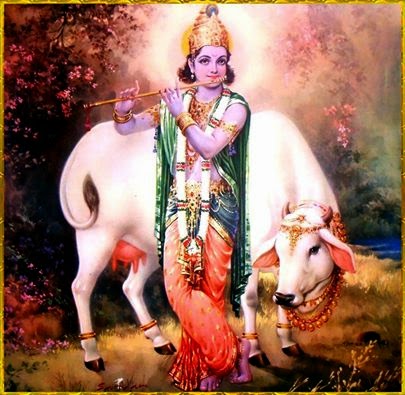A Summary of the Srimad Bhagavatham : Ch-4. Part-1.

4: The Stories of Siva and Sati, and of Rishabhadeva and Bharata : Part-1. The Srimad Bhagavata Mahapurana is filled with glorious stories of all the gods and divinities. That is why the Bhagavata is considered as a god by itself. It is a divinity in its own scope. To have the Srimad Bhagavata in one’s house is to plant God Himself on the altar of one’s residence. In the Fourth Skandha we have the glorious katha of Siva and Sati, which will strike us with wonder and consternation. When Brahma was about to create the world, from him the four Kumaras—Sanaka, Sanandana, Sanatana, Sanatkumara—were manifested for the first time. The moment they were born, Brahma told them to assist him in creation. The Kumaras said, “We would rather concentrate our minds on the Supreme Being than engage ourselves in creation.” Brahma was in a state of discomfiture at the total disregard that they paid to his request. He was annoyed, and anger burst through his forehead. But as these...

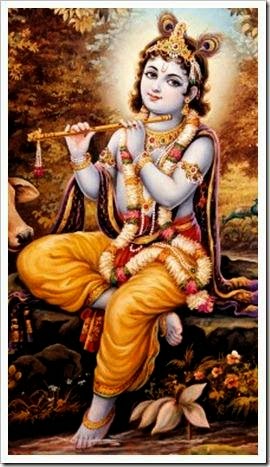
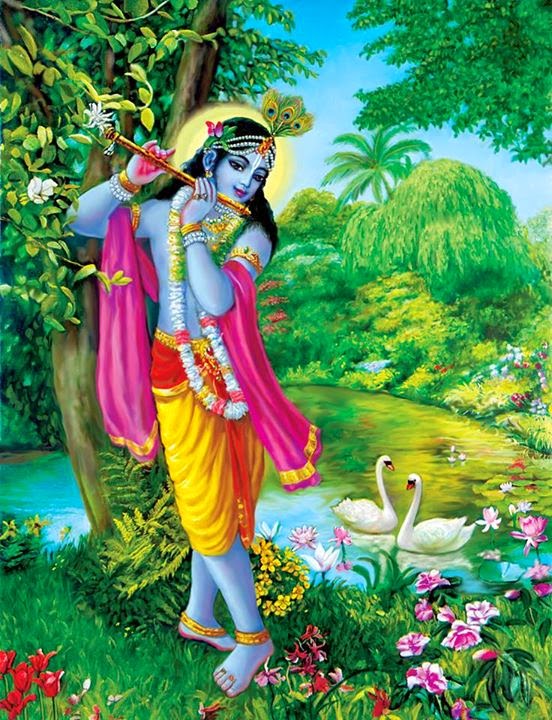

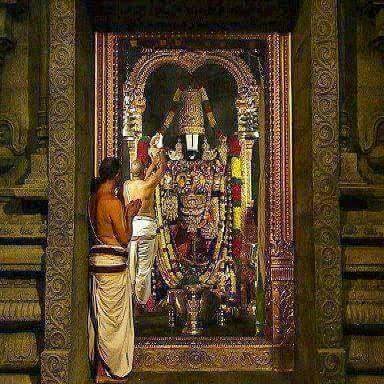
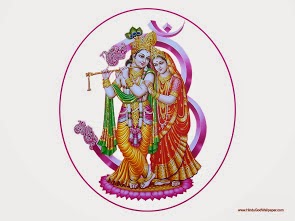
.jpg)
.jpg)
.jpg)
.jpg)


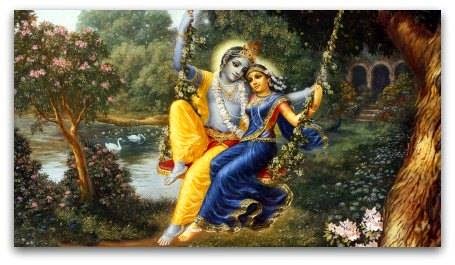


.jpg)




